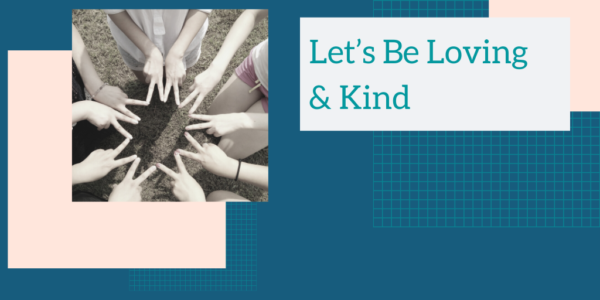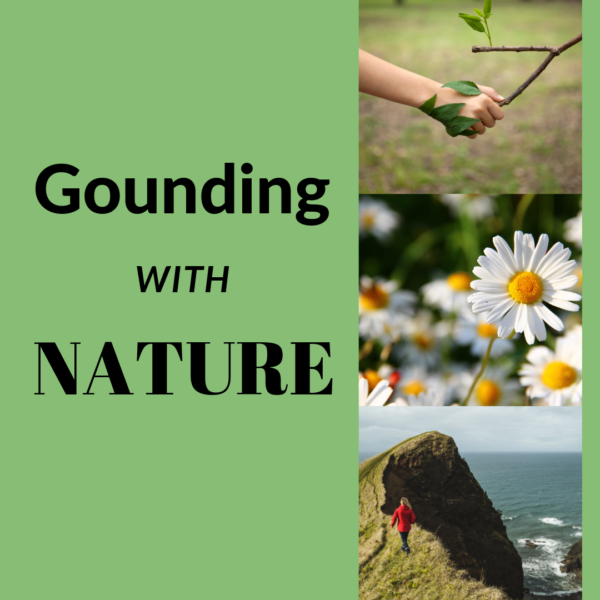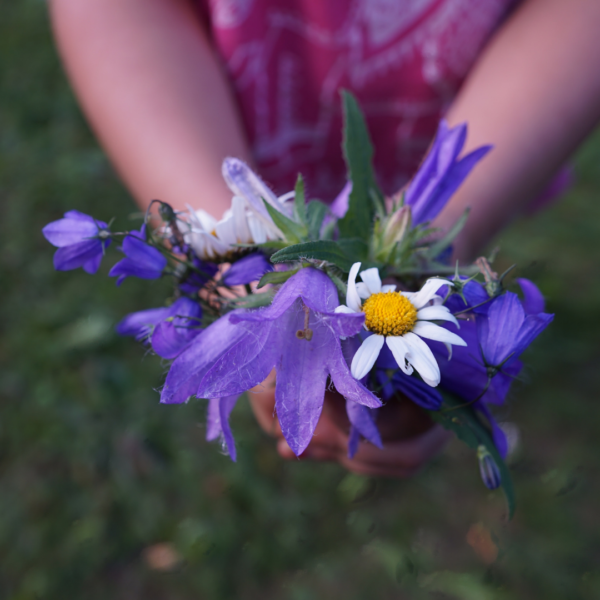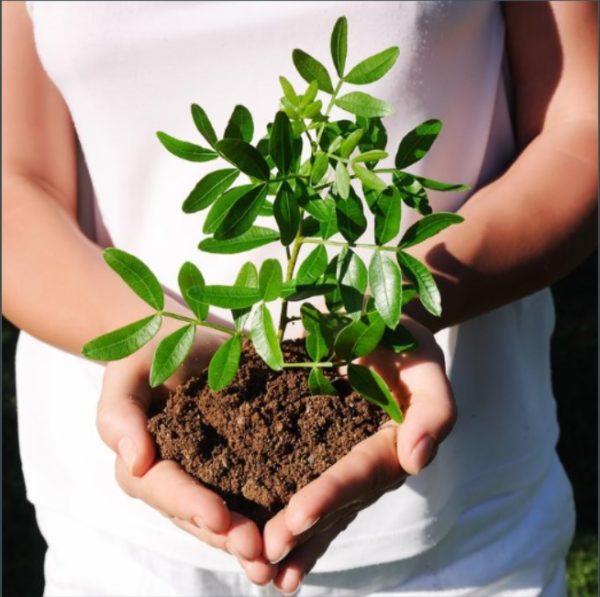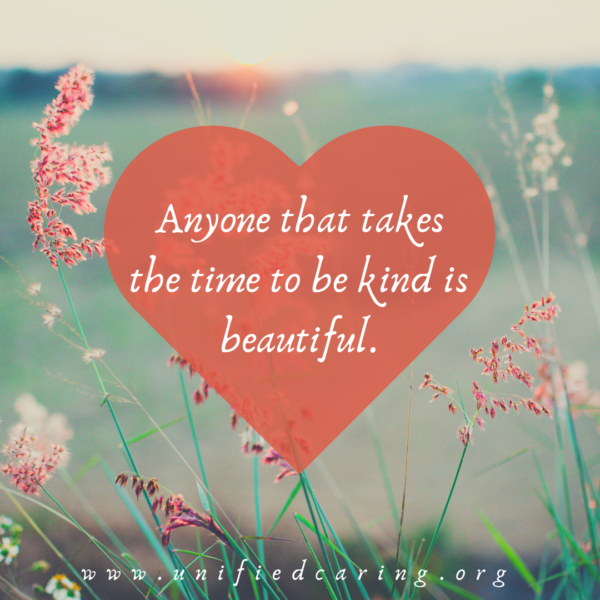It would be super-cool if there was one answer to every question, and one way to deal with unexpected situations. However, we humans are not wired to experience life in the same way. Let’s take a look at some challenges created by the COVID-19 pandemic and how we can effectively approach them from the perspective of different personality types applied to coping.

Type A is a typical high achiever. They set goals and spend their time effectively. They are used to achieving what they seek, and can get impatient when life doesn’t support what they need to do to reach their goals. If you or someone you know has Type A traits, here is a suggestion to channel the frustration of not having control: The drive to succeed can be redirected toward a greater cause. Achievements can take a more urgent focus with the issues at hand. Many people have settled into a new routine – whether it be boring, anxious or fulfilling – whereas a Type A has the ability to pull the best out of a situation due to their focus and determination. This gift can extend to the family, neighbors, local businesses and other areas affected by the pandemic. So give them the ball and watch what happens!
Type B, on the other hand, is a relaxed, go-with-the-flow kind of person. Their enjoyment comes from experiencing the moment. They are social, sensitive to other’s emotions and quite patient. They can be a calming influence when around others. Sounds like a blessing if you are in quarantine with this type of personality. However, Type B’s may find themselves drifting more than usual. Without structure, they may fall into lethargy and lose their sense of time. In order to pull this personality type back into the game of life, they would need structure and purpose. A great job for a Type B during this pandemic is to be the ‘go-fer’ for the family and neighborhood if they can responsibly and safely go out. If not, they need defined tasks such as menu planning; laundry duty; giving daily news update, etc. – anything to keep them actively engaged.
Type C is a perfectionist. They are detail-oriented and like to excel in whatever they do. They go by the rules, and don’t like it when things don’t go in a predictable manner. Enter the pandemic! New rules are being written every day and Type C people may feel challenged and frustrated by the lack of routine. A good way to tap into the qualities of this personality type is to utilize this tendency for perfection to ‘structure’ the new ways of doing life. They have what it takes to see how things can run as smoothly and efficiently as possible and will feel valued to be able to assist in this way.
Type D can be a warm and wonderful person. This personality type is sensitive to other people’s feelings and will often give wise and heartfelt advice. While they are safe to be around, internally they might feel isolated and discouraged – and they usually don’t share that. Being isolated or forced to change their lifestyle due to the pandemic might signal a downward spiral for this personality type. While it is important to be upbeat and positive around them, the very best thing for them is to feel needed. They love to help and be there for others. So if you or someone you know has these personality traits, figure out the best way to let their caring and sensitivity shine a bright light on your life.
Most of us can identify with one or more of the above personality types. While we are sensitive to the downside of each type, there are nuggets of promise in each one that will help each and every one of us get through these unprecedented times We are all bonded by this experience. By appreciating the upside of others, we can get through this with more lightheartedness, purpose and laughter.
We are all being called to do extraordinary things for the collective caring of our families, communities and the world in response to the unique coronavirus pandemic. Whether home bound or providing critical services, everyone is stretched to adapt like never before. All of us are in this together. Now more than ever, caring is what we need most. Caring for our self. Caring for others around us. Life is going to require new routines, resilience and compassion. We invite you to join us in creating a caring movement to respond to local needs.
Would you like to read more about UCA caring resources and products? We have other blogs on Unified Caring Association and our products, caring in our communities, and caring the UCA way!

